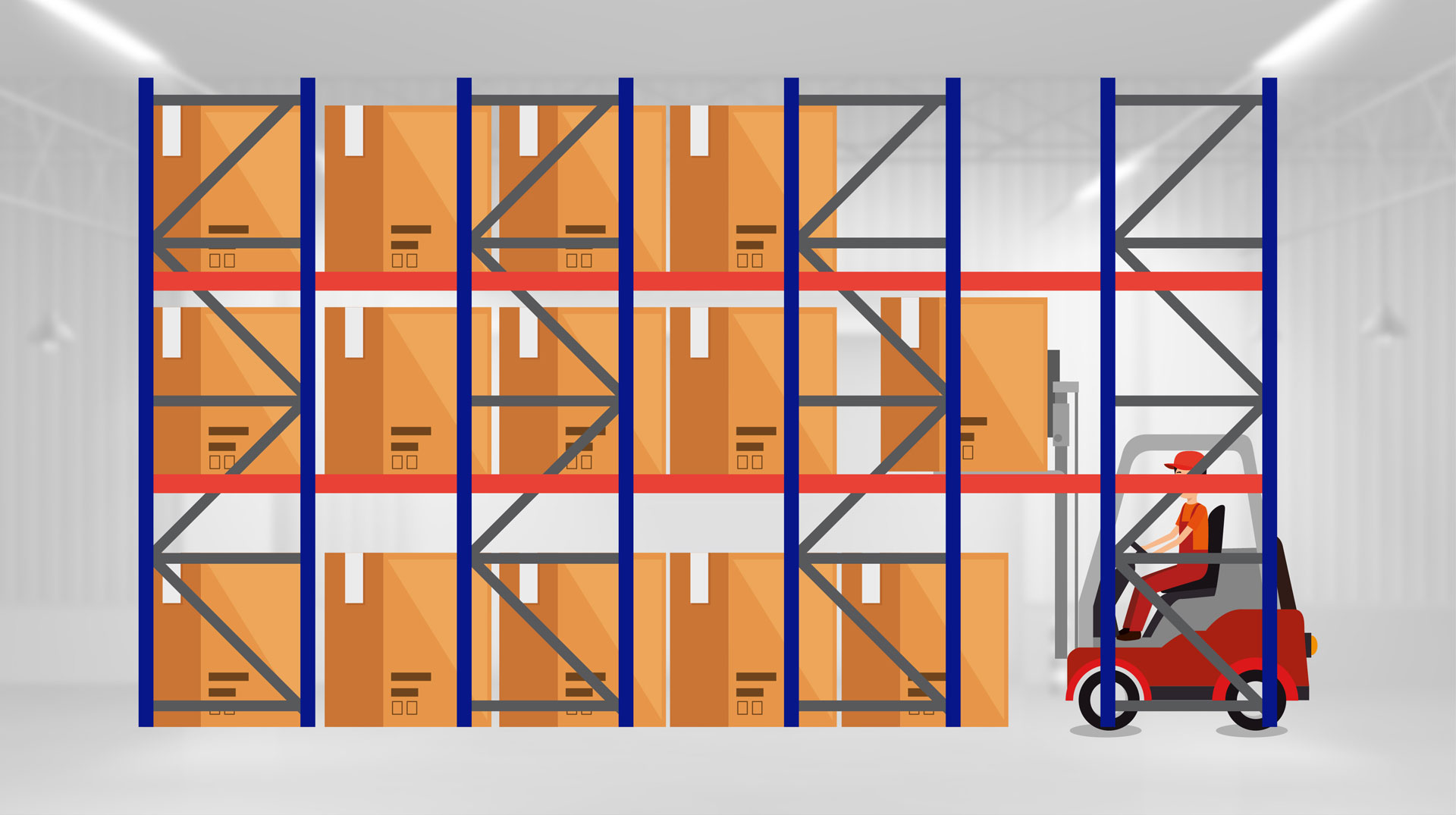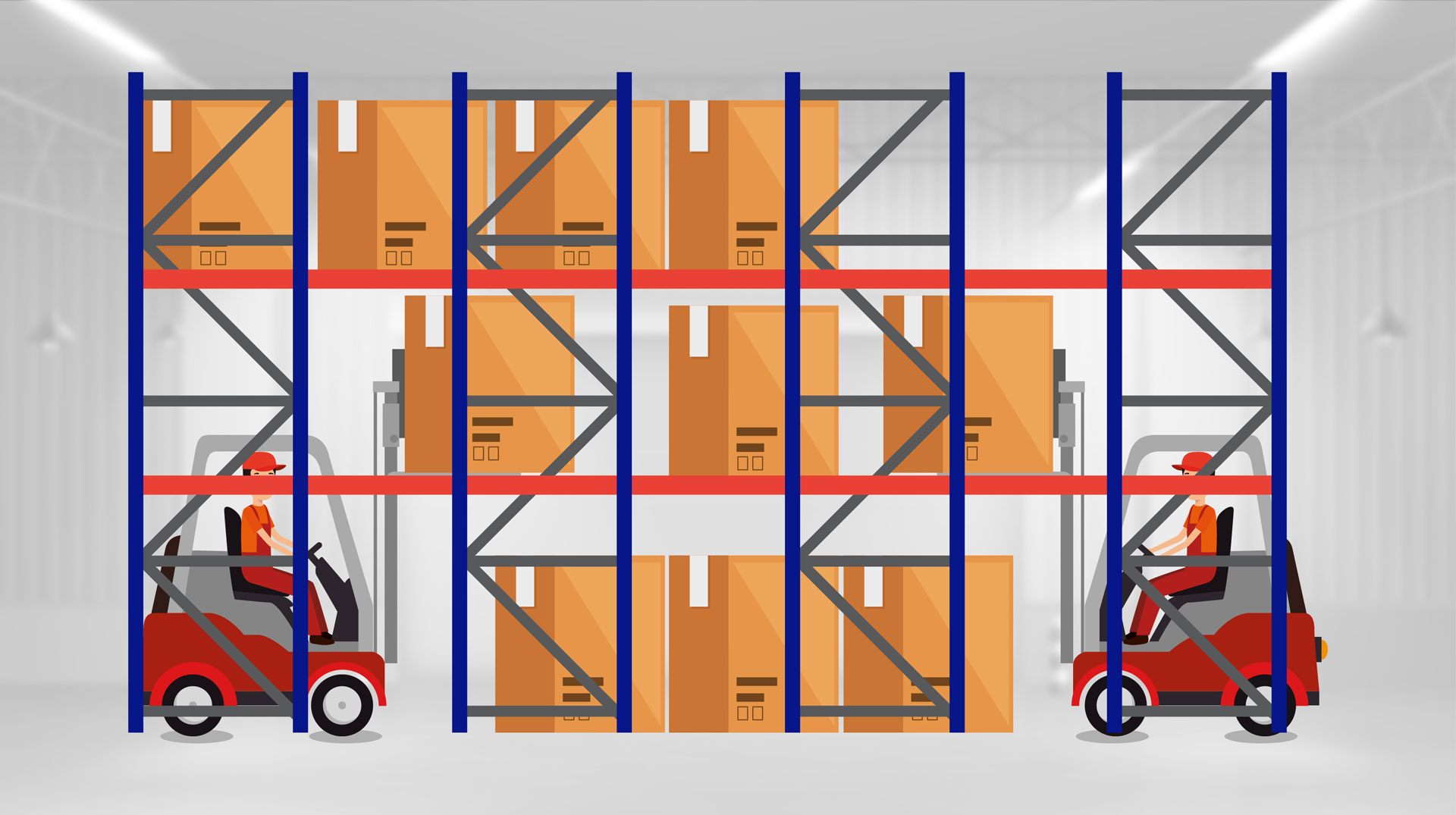


Last-In-First-Out (LIFO) inventory management benefits businesses with perishable or time-sensitive goods, ensuring older items are used or sold first, reducing spoilage. It matches well with production or purchase costs during inflation, reflecting current higher costs.
However, LIFO may not represent actual costs during deflation, affecting financial ratios and tax implications negatively. Additionally, it may lead to obsolescence of older items, especially in technology or fashion sectors. Accurate tracking and complex record-keeping are essential, making LIFO more intricate compared to First-In-First-Out (FIFO) systems, potentially adding administrative burden and complexity to inventory management.
Next. we'll take a look at First In, First Out (FIFO)...

First In, First Out (FIFO) is a method ensuring that products received first are used or sold first. Pros include minimizing product spoilage, adhering to expiration dates, and maintaining product quality. It aligns with industry norms and regulatory requirements.
However, cons involve potential older stock obsolescence, increased handling due to stock rotation, and potential overstocking of slower-moving items. Additionally, it may not be ideal for all product types, especially those with a longer shelf life or non-perishable goods, impacting warehouse efficiency and storage costs. The balance lies in assessing product characteristics and customer demand for effective inventory management.
Incorporating the correct industrial racking systems into your warehouse operations transforms your storage space into an organized, efficient hub. These systems offer flexibility, adaptability, and a strong return on investment, making them an essential component for businesses aiming to optimize their storage and operational capabilities. More queries? Talk to us now!